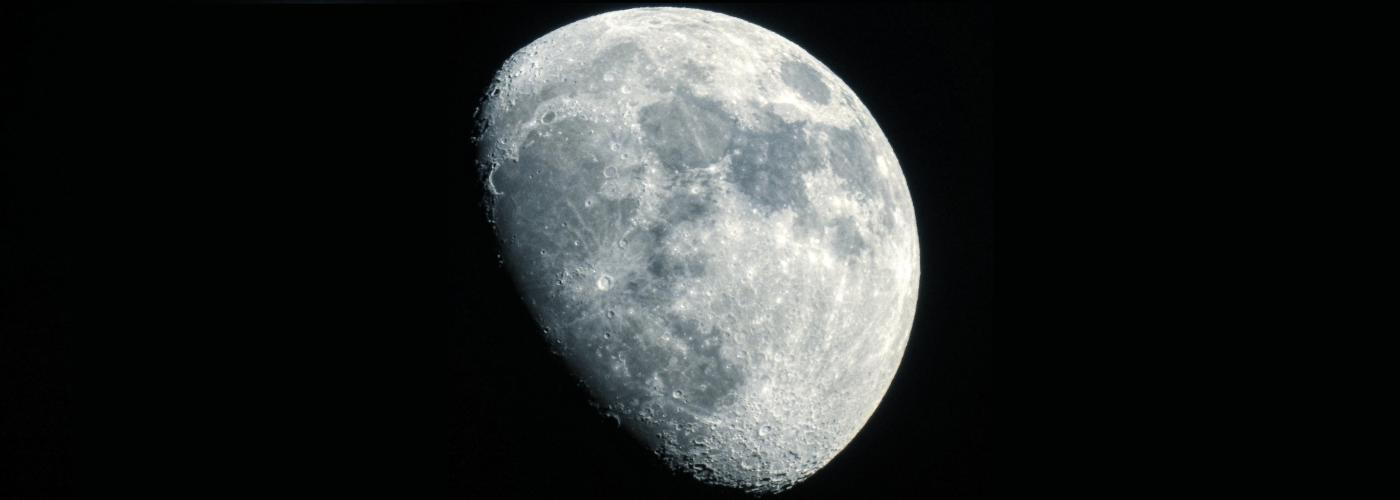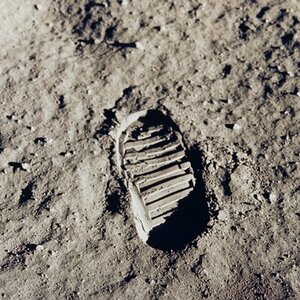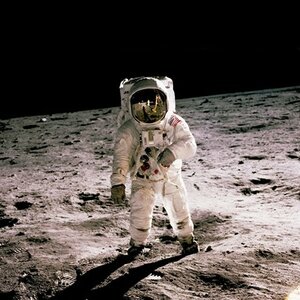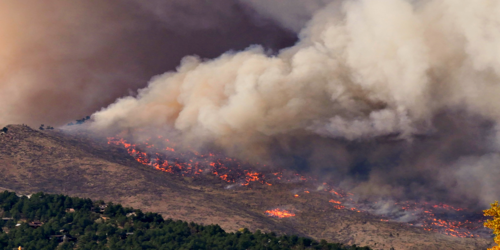

It's been over 50 years since the last manned mission to the Moon as part of NASA's Apollo program, yet researchers are still making discoveries from the samples that those astronauts brought back. In 2022, scientists at the University of Florida were successful in growing plants in nutrient-poor samples of lunar soil, or regolith.
The plant species grown was Arabidopsis thaliana, which is a relative of the mustard green, and also related to plants like broccoli, Brussels sprouts, and cauliflower. The species is native to Africa and Eurasia. This particular plant species was chosen due to its hardiness, small size, and also because its entire genetic makeup has already been mapped by scientists.
The research team used just one gram of the lunar regolith per plant, and added water as well as a nutrient solution to the seeds planted in a terrarium box within a clean room. Alongside the seeds grown in the lunar sample, a group of seeds planted in volcanic ash from Earth was used as a control sample.
After just two days all the plants started to sprout, even those planted in the lunar regolith; however, after six days, differences started to appear between the two groups. The plants grown in the lunar samples appeared less robust, with stunted roots, leaves, as well as reddish pigmentation, compared with the control plants. Finally, after 20 days, both sets of plants were harvested and ground up so that the researchers could study their RNA. This revealed that indeed the plants grown in the lunar samples were experiencing stress due to the low amount of nutrients in the lunar regolith. They were also responding in ways similar to growth in other stressful environments here on Earth, such as in soil with excessive salt or heavy metals.
Through this study, as well as future research, scientists hope to better understand how to improve plant cultivation in lunar regolith, which will be an important step to aid in long-term human exploration of the Moon and beyond. This research also comes at a time when planned missions to the Moon, including manned missions, are beginning to ramp up as part of NASA's Artemis program.






